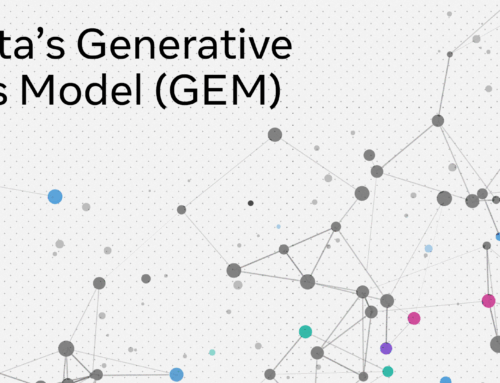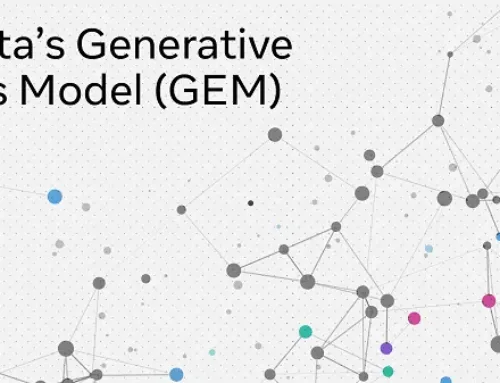Combined Use of Cannabis and Tobacco May Impact Brain’s ‘Bliss
October 21, 2025
A groundbreaking study led by researchers at McGill University’s Douglas Research Centre has unveiled significant differences in brain chemistry between individuals who use both cannabis and tobacco and those who use cannabis alone. The findings, published in the journal Drug and Alcohol Dependence Reports, may provide critical insights into the molecular mechanisms that contribute to the heightened vulnerability to depression and anxiety observed in co-users. Moreover, this research paves the way for the development of targeted pharmacological interventions aimed at treating cannabis use disorder, particularly among those who also consume tobacco.
Cannabis and tobacco co-use is a widespread phenomenon, yet the neurochemical consequences of this dual consumption have been poorly understood. Previous studies often considered cannabis and tobacco in isolation, ignoring the complex interactions between these substances. The McGill team’s novel investigation harnessed positron emission tomography (PET) brain imaging to explore variations in the enzyme fatty acid amide hydrolase (FAAH), which metabolizes anandamide—a lipid neurotransmitter often dubbed the “bliss molecule” for its involvement in regulating mood and stress responses.
FAAH plays a pivotal role in maintaining endocannabinoid system balance by breaking down anandamide. Elevated FAAH activity results in decreased anandamide levels, which has been linked to anxiety, depression, and increased risk of relapse in individuals attempting to quit cannabis. By analyzing PET scans of young adult participants who either smoked only cannabis or combined cannabis with daily cigarette use, the researchers identified a pronounced elevation of FAAH in the brains of those who used both substances. This enzyme elevation suggests diminished anandamide signaling in co-users, which may underlie their exacerbated mental health symptoms and challenges in cessation efforts.
The study involved a cohort of 13 young adults, with eight participants exclusively using cannabis and five engaging in both cigarette and cannabis use. Cannabis consumption averaged just over one gram per day, while cigarette intake ranged from one to twelve per day. Despite the relatively small sample size, the strength and clarity of the FAAH differences between groups were striking, signaling a robust biological effect linked to tobacco co-use. Notably, the absence of a tobacco-only control group limits definitive conclusions about tobacco’s sole contribution, but the evidence points toward a unique interaction when combined with cannabis.
Lead author Rachel Rabin, an Associate Professor at McGill’s Department of Psychiatry, emphasized the novelty of these findings: “This is the first evidence in humans of a molecular mechanism that may underpin why individuals who use both cannabis and tobacco experience worse clinical outcomes.” She highlighted the clinical implications, stressing that current treatments for cannabis use disorder rely largely on behavioral therapies. Identifying FAAH as a therapeutic target opens the possibility for pharmacological advances that could revolutionize treatment paradigms, especially for the significant subset of cannabis users who also smoke tobacco.
In Canada, the societal relevance of this research is underscored by epidemiological data showing that approximately one in twenty cannabis users is at risk for cannabis use disorder. This risk escalates substantially—up to one in three—among frequent users. Coupled with the fact that tobacco usage, though declining, remains prevalent among cannabis consumers, the interplay between these substances takes on added urgency from a public health perspective. Understanding the neurobiological factors involved in dual use can inform both prevention and treatment strategies.
The McGill researchers utilized sophisticated PET imaging to quantify FAAH concentrations in participants’ brains. This neuroimaging approach enabled them to non-invasively assess enzymatic activity within critical mood-regulating regions, adding a vital dimension to understanding substance co-use’s neural underpinnings. The elevation of FAAH in co-users aligns with existing preclinical data linking the enzyme’s upregulation to negative affective states and heightened propensity for substance dependence. These findings also dovetail with broader research on the endocannabinoid system’s crucial role in emotional regulation.
Co-author Romina Mizrahi, a Professor of Psychiatry and Director of the McGill Research Centre for Cannabis, expressed surprise at the pronounced FAAH differences observed. She noted, “The strikingly strong effect underscores that co-use of tobacco and cannabis engages neurobiological pathways distinct from cannabis use alone.” The team’s future research plans include expanding participant recruitment to include cigarette smokers and nicotine vapers who do not use cannabis. This will clarify whether tobacco alone can induce similar FAAH alterations or whether the combination with cannabis uniquely disrupts endocannabinoid signaling.
The preliminary nature of this investigation demands cautious interpretation, yet its implications resonate throughout the scientific and clinical communities. By delineating a concrete molecular pathway through which tobacco exacerbates cannabis-related harms, the study offers a compelling framework for re-evaluating treatment options. It also invites a broader dialogue about how polysubstance use reshapes neurochemical landscapes and influences addiction trajectories, a critical consideration as cannabis legalization spreads globally and consumption patterns evolve.
In addition to its clinical relevance, this research highlights the power of advanced neuroimaging techniques to unravel intricate biochemical processes in living human brains. FAAH’s modulation of anandamide presents a tangible pharmacological target, with potential for novel drug discoveries aiming to restore endocannabinoid balance. Such therapeutic strategies could dramatically improve outcomes for individuals struggling with the compounded effects of cannabis and tobacco dependence, addressing both mood disorders and substance use relapse risks.
Footing the intersection of psychiatry, neuropharmacology, and addiction science, this study marks a significant milestone in understanding complex substance use behaviors. It provides a mechanistic explanation for why tobacco co-use intensifies cannabis-related mental health challenges, particularly depression and anxiety, thereby legitimizing targeted pharmaceutical research. The findings also underscore the necessity of integrating assessments of tobacco involvement in clinical trials and treatment protocols for cannabis use disorder.
In conclusion, the McGill-led research illuminates a previously uncharted molecular dimension of co-use pathophysiology. By revealing elevated FAAH activity as a potential driver of diminished endocannabinoid function in cannabis and tobacco users, it paves the way for innovative interventions. The link between co-use and poorer mental health outcomes is substantiated at a biochemical level, highlighting the urgency of tailored therapies that address the dual substance burden. As public health landscapes continue to grapple with evolving patterns of cannabis and tobacco use, studies like this provide critical scientific guidance for future clinical and policy directions.
Subject of Research: People
Article Title: A preliminary investigation of tobacco co-use on endocannabinoid activity in people with cannabis use
News Publication Date: 30-Jul-2025
Web References:
https://www.sciencedirect.com/science/article/pii/S2772724625000526
http://dx.doi.org/10.1016/j.dadr.2025.100369
References:
Rabin, R., Farrugia, J., Garani, R., & Mizrahi, R. (2025). A preliminary investigation of tobacco co-use on endocannabinoid activity in people with cannabis use. Drug and Alcohol Dependence Reports. https://doi.org/10.1016/j.dadr.2025.100369
Image Credits: The Neuro
Keywords
Cannabis, Tobacco, FAAH, Endocannabinoid, Mood Regulation, PET Brain Imaging, Cannabis Use Disorder, Neuropharmacology, Substance Co-use, Mental Health
Tags: bliss molecule anandamidebrain chemistry differencescannabis and tobacco co-usecannabis use disorder treatmentdepression and anxiety vulnerabilityendocannabinoid system balanceFAAH enzyme and anxietyMcGill University research findingsmood regulation and stress responseneurochemical effects of dual substance usepharmacological interventions for substance usepositron emission tomography study
Search
RECENT PRESS RELEASES
Related Post



